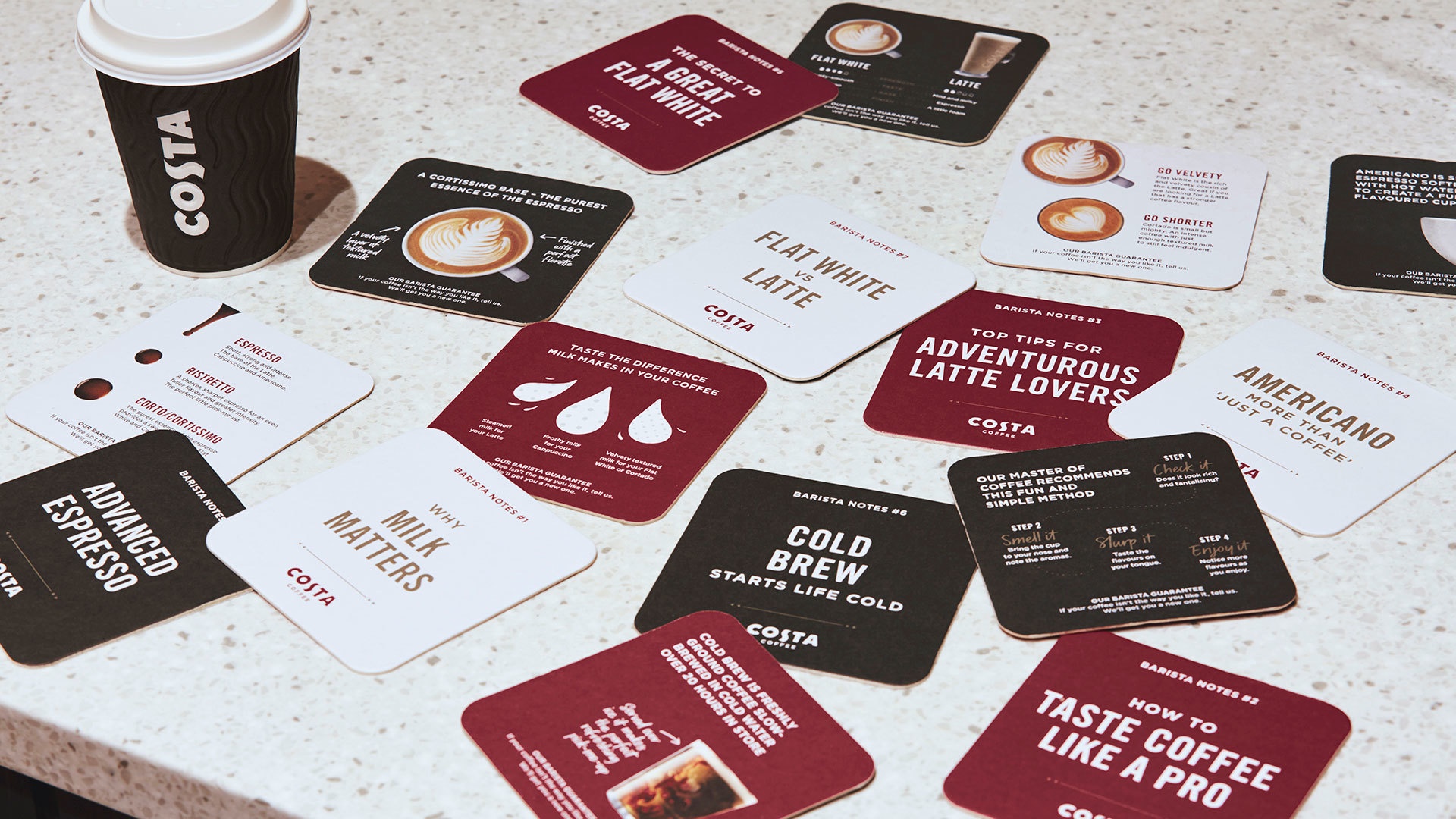- Insights
The subtle art of retail persuasion

We’ve all been there, emerging from IKEA muttering “I only went in for some tealights…how did I come out with two pillows, six wine glasses and a lamp?” Or we’ve popped in to Waitrose for oat milk and Erdinger and suddenly felt compelled to host an impromptu barbecue.
In our favourite local, we’ve found ourselves mysteriously drawn, as if by tractor beam, to making a last-minute substitution of our usual tipple. Clutching a single origin chocolate stout, we’ve shaken our heads bemusedly at what just happened.
Those without retail design experience might put these impulse purchases down to their adventuresome spirit rearing its head – and to some extent that’s true – but we insiders know that there are also other forces at play.
A wise client once told me ‘retail is detail’. At the time I thought it just a natty catchphrase but the more we work with retail clients, the more that phrase resonates. At its best, retail design really is a process of marginal gains – of every little detail adding up to greater impact, cut-through and sales.
In today’s store environment, there’s no room for fluff. Every interaction, every sale opportunity, matters. It’s not enough for agencies to pick up a brief and design nice stuff. We must take the time to ensure we truly understand the challenge and then apply considerable commercial nous – as well as real creativity – or the result will just be more stuff the customer doesn’t care about.

In coffee shop retailing, for example, we know that the majority of customers already know what they want before they walk in: their usual. There’s no browsing; it’s straight to the main event. With limited space and customers hell-bent on exiting fast, how do you encourage them to try new things?
In this kind of environment, retail design must start with a genuine understanding of the customer’s point of view. Most of us are laser focused on getting that coffee order in; everything else is a blur. But there are moments – once the order’s in and we’re waiting, perhaps – when communication might be welcomed. To spot these messaging opportunities, we must build up a vivid and comprehensive picture of the customer journey.
Sitting in a coffee shop and casually asking customers what communications they remembered can be a humbling experience, but it’s also illuminating. Armed with this knowledge, you can strip things right back, as we did with Costa Coffee’s new store experience, and identify the right places for new product messaging. The result was a streamlined journey with messaging that genuinely cut through because it was appropriate, well-placed and efficient.

All in-store communication must work harmoniously for a joined-up experience, from the first glance up at the menu boards to the beep of a card tap. I don’t know if you’ve ever studied menu boards and choice architecture in forensic detail, but I have and it’s strangely fascinating. We designed a new system for Costa Coffee that used far bigger boards, tilted forward so customers could read them from further back in the queue, giving them more time to browse. We reversed them too, so they read black-on-white – new to the sector but far easier on the eye. Simple common-sense improvements to navigation and product hierarchy can instantly improve cut-through and shoppability.
The biggest barrier when it comes to trying something new is fear of the unknown. How do I know I’ll like it? Knowing this, we anchored Costa Coffee’s menu board in well-known coffees and encouraged customers to try craft coffees via a barista recommends board. New touchpoints like beer mats and ramps gave a little bit more information, offering people helpful hints as to flavour profiles, outlining why if they liked a latte they might like a velvety flat white, and helping them to explore the offer. A gradual drip feed of coffee knowhow and intrigue can be really effective.


It’s important to remember that sometimes as human beings all we want is a genuine recommendation from people we trust. So, engaging with colleagues early to help them deliver a new product experience can be key. When we were rebranding and creating communications for Costa Coffee’s Character Roast, for example, we discovered, perhaps unsurprisingly, that a barista recommendation was a far more effective nudge than a graphic on a menu board could ever be.

Of course, our goal is always to delight clients with the creativity and thoroughness of our retail design solutions. But to my mind there’s also some satisfaction to be had in designing a customer journey that offers room for people to break free of routine, to think about the choices they are making and perhaps consider making a different one. It may be something as simple as ordering a different style of coffee, but it can also be a way to get people to consider a healthier alternative, or decide to use a reusable coffee cup rather than a disposable one. Either way, smart communication based on real understanding can lead the way.
